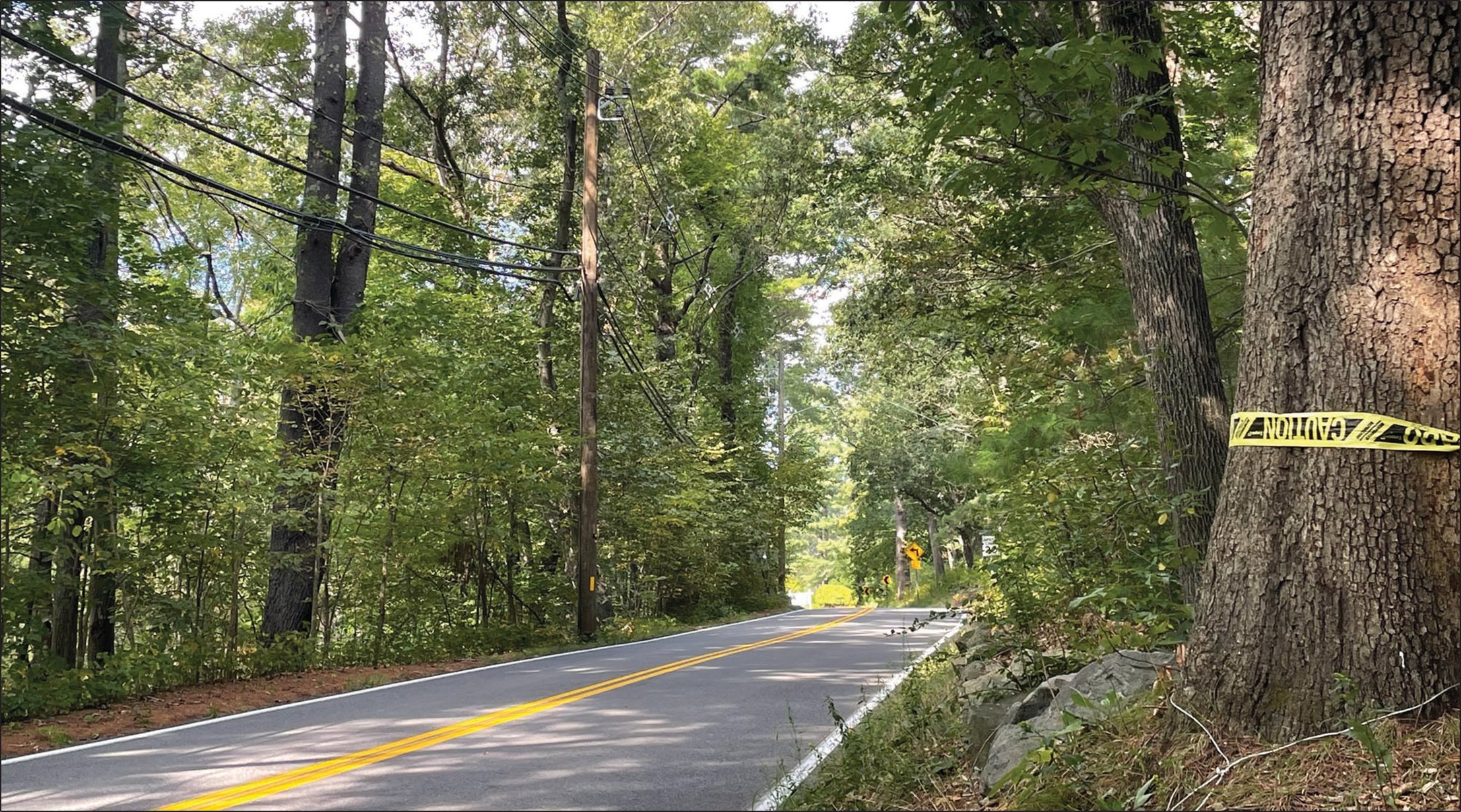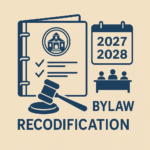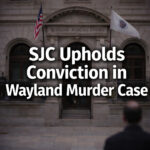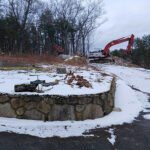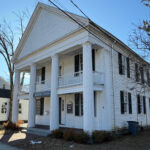Wayland officials will soon be addressing how the Dover Amendment applies to future church and school projects in town.
The Dover Amendment is a Massachusetts state law that exempts religious and nonprofit educational institutions from many local zoning restrictions. St. Philopater Mercurius & St. Mina Coptic Orthodox Church on Rice Road has filed plans that include demolishing the existing church building and constructing three new structures, parking areas, a courtyard, a sports field, and two towers reaching nearly 100 feet — almost triple the town’s 35-foot height limit. The project is within the 200-foot wetlands riverfront area and the 100-foot buffer zone of bordering vegetated wetlands.
The church’s attorney, Jonathan Silverstein of Blatman, Bobrowski, Haverty & Silverstein, argued in a letter to the Planning Board that the Dover Amendment shields the project from the town’s height restriction, citing case law when courts sided with religious institutions seeking taller structures. He acknowledged, however, that in one prominent case the Massachusetts Supreme Judicial Court partially upheld Belmont’s local bylaw limiting uninhabited projections to 60 feet, a provision not found in Wayland’s bylaws. The Church of Jesus Christ of Latter-day Saints originally wanted a temple with six steeples, with the tallest reaching 156 feet (58 feet of building and 81 feet of steeple). After residents sued, the SJC eventually approved a compromise plan with a single 139-foot steeple on the temple atop Belmont Hill just south of Route 2.
The Dover Amendment, enacted in 1950, was designed to prevent municipalities from prohibiting or unreasonably restricting the use of land for religious, educational, or agricultural purposes. The law allows towns to apply “reasonable regulations” on bulk, height, yard size, setbacks, and similar matters.
According to the Massachusetts Municipal Association, the exemption from zoning is not absolute. Local officials may still enforce zoning ordinances or bylaws that concern the seven subjects listed in the statute (e.g., building height, yard size, lot area, etc.), provided any such regulations are reasonable. The burden remains with the applicant to prove that such town regulation of its proposed religious or educational use is unreasonable.
To maintain the integrity of the town, all residential and business property owners must comply with the town’s zoning bylaw restricting the height of all buildings and structures to no more than 35 feet above grade. But in his letter to the Planning Board, Silverstein argued that the town’s height restriction does not apply to the church. According to Silverstein, the Dover Amendment does not allow a municipality, through the guise of regulating bulk and dimensional requirements, to “nullify” the use exemption permitted to an educational institution.
There have been other court cases in addition to the Belmont suit where the courts ruled in favor of the municipality when an entity argued that the Dover Amendment exempted them from town bylaws. In Tufts University v. City of Medford (1979), the Massachusetts Supreme Judicial Court (SJC) ruled that while Tufts was exempt from zoning restrictions that would prohibit the dormitories, it was not exempt from all dimensional controls. In Norwood v. Adams-Russell (1992), the court held that towns retain the authority to impose reasonable conditions to address traffic congestion, scale, density and neighborhood compatibility. The decision clarified that local boards may attach requirements such as traffic studies, mitigation measures or parking limits so long as those requirements are tailored to protect public health and safety without nullifying the educational use.
Height may not be the only regulation which the church may need to request a variance, as the Design Review Board and the Conservation Commission are also requesting additional information on materials, stormwater and setbacks. The Board of Health still needs to review the septic system, and the Planning Board has not yet weighed in.
Not only are churches exempt from most zoning restrictions that apply to taxpayers, but those in Wayland are also exempt from real estate and personal property taxes. The exception extends to accessory areas that support religious activities such as parking lots, parish halls and clergy residences. Although the larger facility will likely utilize more services with additional facilities and senior housing, it appears that they may still not be paying any taxes.
Few comgregants live in town
In addition, only a handful of church members live in Wayland, according to one parishioner. Some colleges in other towns donate money to the town and open their facilities to residents. Historically, this has not been the case with the Coptic Church in Wayland, other than allowing one condo association to hold its annual meeting in their building.
The two closest properties to the church are Turkey Hill and the Meadows Condominium Associations. The members of those two associations pay combined annual taxes in excess of $1.7 million. This comes at a time when many condo residents are already disenchanted with the town due to the continuous tax increases. Condo residents do not receive the same services as most homeowners.
Most condo owners living near the church were attracted to the country setting. Residents do not object to the Church’s expansion, but rather to its scope. They are concerned about the structure’s height, the large footprint of the project, traffic and the removal of 500 trees, which will expose the campus buildings, altering the view of the designated scenic country road . They are also concerned about road safety. Rice Road is narrow, winding and lacks sidewalks. They believe that the church should adhere to the town regulations that taxpaying residents and businesses must follow.
About 15 years ago, Wayland residents asked the town to install sidewalks on Rice Road. Town officials denied the request, stating that Rice Road was a designated canopy roadway, a term used for roads where significant trees form a “towering canopy” over the road.


